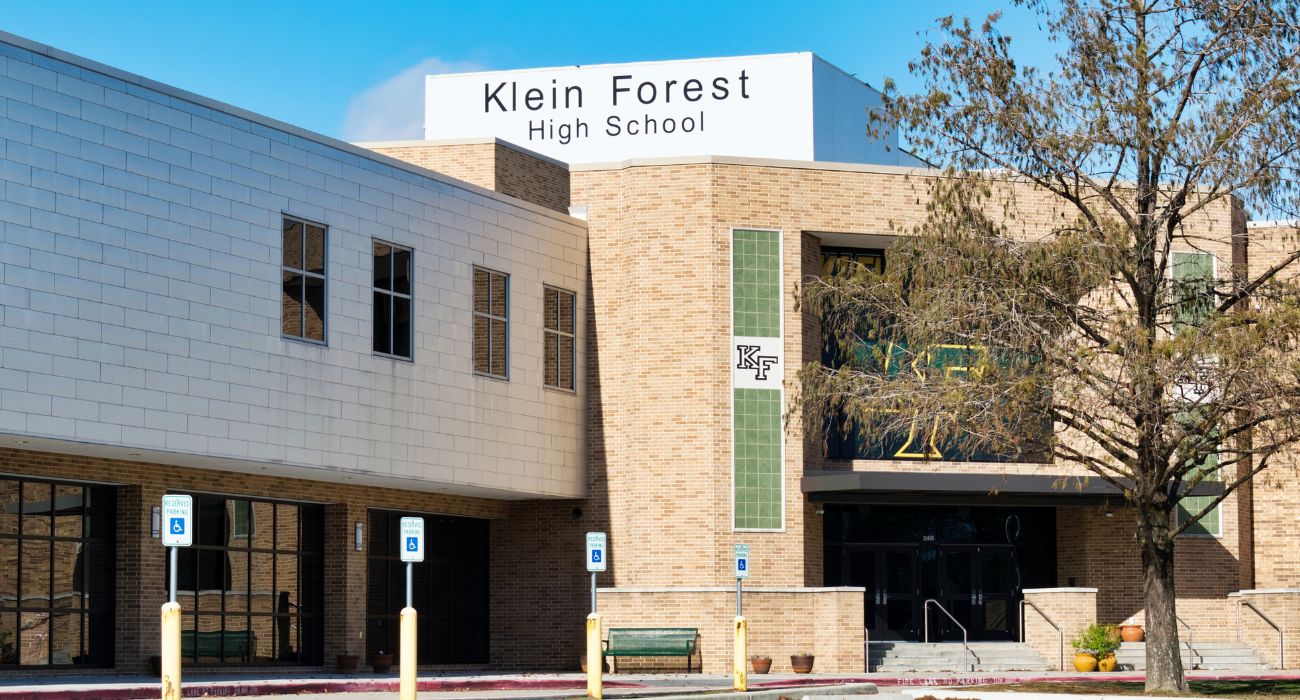An Austin federal judge gave attorneys representing Texas and the U.S. Department of Justice until Friday to submit written arguments as to whether an emergency injunction should be granted against the buoys the state installed in the Rio Grande to deter unlawful migrants.
Following the submission of the briefs, Judge David Alan Ezra will decide whether to grant the U.S. government’s request for injunctive relief, which would require Texas Gov. Greg Abbott to remove the barriers while the Department of Justice’s lawsuit plays out, according to the Houston Chronicle.
In July, the DOJ sued Texas after alleging that the state broke federal law by not obtaining federal authorization to install the buoys it placed in the river.
Assistant Attorney General Todd Kim asserted the buoys are violating the Rivers and Harbors Act, which he said “is clear in prohibiting the placement of any unauthorized barriers or obstructions in the Rio Grande and other navigable waters of the United States,” as previously reported by The Dallas Express.
At a hearing on Tuesday before Judge Ezra, both sides presented evidence.
Texas questioned if the Rio Grande qualifies as a “navigable river” under the Rivers and Harbors Act, per the Houston Chronicle. The state also questioned whether the buoys qualify as the type of structure prohibited by law, as reported by the Houston Chronicle.
In response to the claim that Texas had installed the buoys without proper authorization, the state claimed it had provided notice of the buoys to the International Boundary and Water Commission (IBWC), the body that regulates the Rio Grande, prior to installation, per The Texas Tribune.
The DOJ also presented evidence, including two witnesses who testified as to why the barriers should be removed.
Joseph Shelnutt from the U.S. Army Corps of Engineers was tasked with probing a complaint about the buoys from the IBWC. He testified that the state had failed to obtain a permit prior to installation, per The Texas Tribune.
He further testified that the buoys disrupt the navigation of commercial ships. However, when questioned about this claim by the state, Shelnutt apparently admitted that there was no commercial navigation actually taking place in the area where the buoys were placed, according to The Texas Tribune.
The other witness brought by the DOJ was Hillary Quam, a U.S.-Mexico border coordinator for the U.S. State Department.
Quam testified that the buoys have become a point of contention between the U.S. and Mexico, claiming that Mexico has deemed them a “major concern” and already sent multiple letters to the U.S. regarding them, as reported by the Houston Chronicle.
Earlier this month, Mexico’s Secretary of Foreign Affairs Alicia Bárcena said that “most of the buoys are on the Mexican side” and demanded that they be removed.
“We have already issued two diplomatic notes that have been received by the federal government. This is an action on the part of a state government that obviously is causing problems that – along the border, not just affecting that state,” she said at a joint press conference with U.S. Secretary of State Antony Blinken, as previously reported by The Dallas Express.
In response to claims that the buoys shifted onto the Mexican side of the border, Texas moved them closer to the U.S.
“Out of an abundance of caution, Texas went back and moved the buoys to a location where it is clear they are on the United States side and not on the Mexico side,” said Abbott, as previously reported by The Dallas Express.






